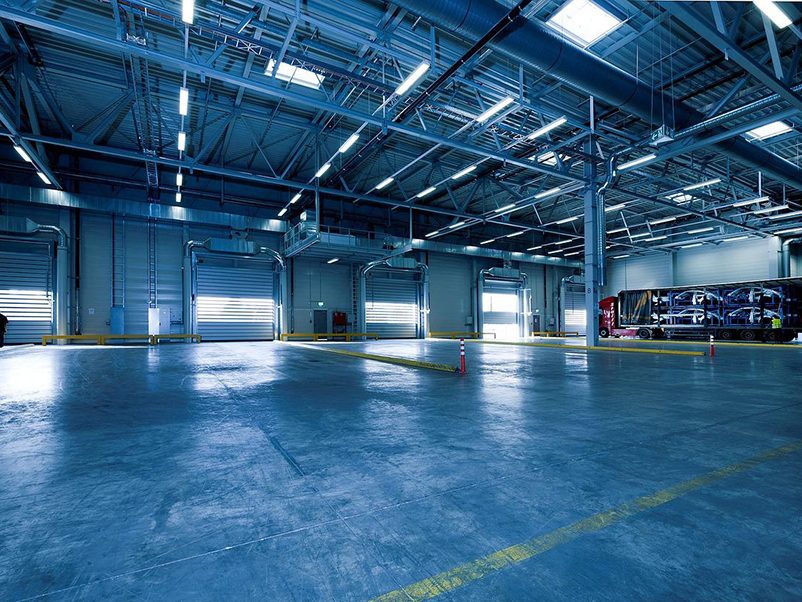The lowdown on 17-acre county downtown mega-project

Advertisement

Miami-Dade County has unveiled features of its much-anticipated downtown redevelopment project, for which the county is offering about 17 acres of county-owned land, branded as MetroCenter, in the heart of the 28 acres that serve as the seat of the local government.
The county aims to redevelop downtown and transform it into a 24-hour community. To that end, the project is to include affordable, workforce, and market-price housing, an intermodal terminal with a direct connection to Government Center Metrorail and Metromover, a Cultural Arts Campus with a new library and space for HistoryMiami, and public and fleet parking.
“We are hoping this will be the benchmark for urban redevelopment worldwide,” said Mayor Daniella Levine Cava in a room filled with over 60 people including county staff, real estate developers, and land use attorneys personally invited by Commissioner Eileen Higgins, who has been working on the project for years.
“We’re setting up this whole area for multiple uses. It will be dynamic, safe, it will be prosperous, thriving, and it will be economically and socially diverse,” Mayor Levine Cava added.
The downtown Intermodal Terminal, providing bays for all buses terminating in the Government Center area, is to rise north of the Stephen P. Clark Center. As Miami Today previously reported, the terminal is part of the People’s Transportation Plan FY 2022-2026, approved by county commissioners Feb. 2. Commissioner Higgins told the newspaper this is probably the most difficult aspect of the entire project.
The redevelopment is also to include a new Juvenile Assessment Center with office and services spaces, office space to be used by the Parks, Recreation and Open Spaces department, recreation spaces, and a new County Commission Chambers including office space and conference room.
To address the lack of educational institutions in the area, the project would have a daycare, pre-K, and elementary, middle school, and high school buildings. “This should be a place where residents and their families can live, work, play and learn,” Ms. Higgins said.
Details were released last week as a draft of the scope of services document that is to be reviewed by the private sector. This week, the county is to publish an over 600-page document with specific design guidelines for the project.
The county would then give two weeks for real estate developers to provide feedback, including through 30-minute private sessions with staff, and then the county would publish in mid-September the official request for proposals (RFP) document and begin competitive bidding.
“We are looking for input. That’s why we are here,” said Alex Muñoz, director of the Internal Services Department, in charge of procurement processes in the county. “We don’t presume that we got this document 100% right,” he added. “It’s not your typical process, but putting out 28 acres for development is not something that we’ve done. It’s a transformative project.”
“I want to make sure that nothing in those documents limits creativity,” Ms. Higgins told Miami Today.
The first phase of the RFP is to resume after four to six months, with up to five bidders shortlisted. Then, the staff is to conduct individual negotiations with developers and work on the development agreement.
Phase two is to begin in 2023, when proposers would be evaluated, and would resume by awarding the contract to one master developer by 2024, said Rita Silva, chief, P3 and innovative procurement of the Internal Services Department.
“We’re going to ask you to look around and tell us what could be here, and to be incredibly visionary to create a world-class neighborhood,” Commissioner Higgins said. “This land that we, the county, as the people’s land, and it needs to be used for the people’s purposes.”
Ms. Higgins said she aims to shift the dynamic and create a neighborhood where government is integrated, instead of an area solely for government offices.
Properties listed to be redeveloped include Stephen P. Clark Center north excess land (3 acres), central park space at the Clark center (1.9 acres), commission chambers (.08 acres), Hickman Office Building (1.7 acres), Hickman Parking Garage (1.9 acres), Motor Pool lot (0.8 acres), and Motor Pool gas station (.03 acres).
Also, the Cultural Plaza office & garage (1.7 acres), the 140 Building (0.5 acres), the public library and HistoryMiami Museum (3.3 acres), and the Children’s Courthouse surface lot (1 acre).
The developer awarded the contract is to pay the county for use of the land and the county would pay for construction of its new facilities. The properties already have water and sewer utilities, but the developer is to take responsibility for the remaining needs and be responsible for the permitting, and perform geotechnical and environmental testing.
The project excludes the historically designated Dade County Courthouse, the new civil courthouse currently under a P3 development, and the North River Towers. The Clark building would remain intact.
Jess Linn, planning development manager of the Department of Regulatory and Economic Resources, said the project is comparable in scale to projects such as Hudson Yards in New York and the Salesforce transit terminal in San Francisco.
The 28-acre Hudson Yards is scheduled to be completed in 2024, 12 years after breaking ground in December 2012 – although the project has been in the making for over 20 years. With a total cost of $25 billion, Hudson Yards is considered the most expensive real estate development in US history.
The area includes offices, public art components such as The Vessel, retail, restaurants, bars, housing, 14 acres of public plazas, gardens and groves, and the Equinox Hotel.
The Salesforce Transit Terminal is an over 1 million square foot multi-modal center where transit operators provide daily transit services within and to San Francisco, the North and East Bays. It includes more than 90,000 square feet of available shopping and dining spaces and a 5.4-acre rooftop park, was under construction for eight years and had a cost of over $2 billion.


